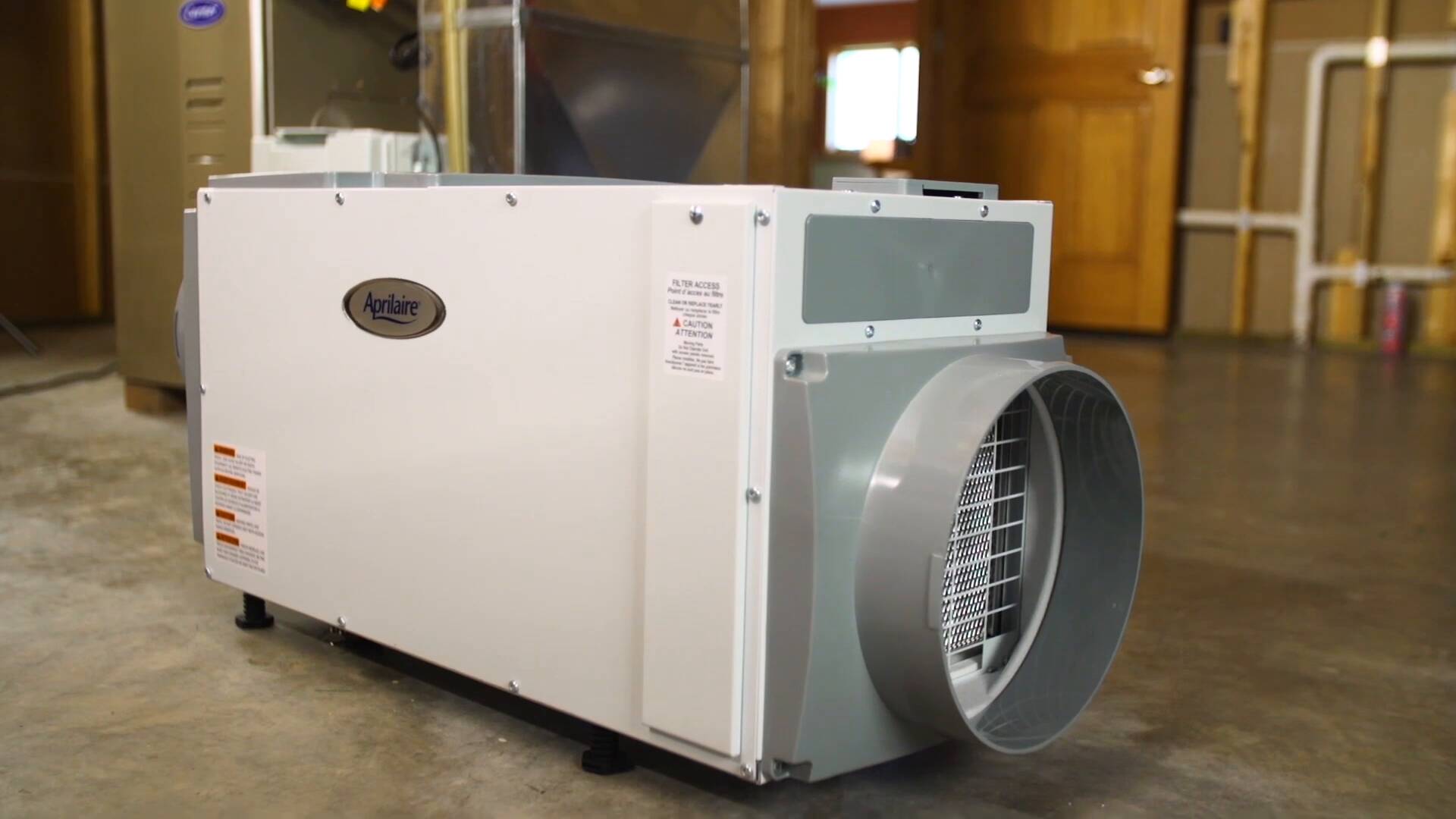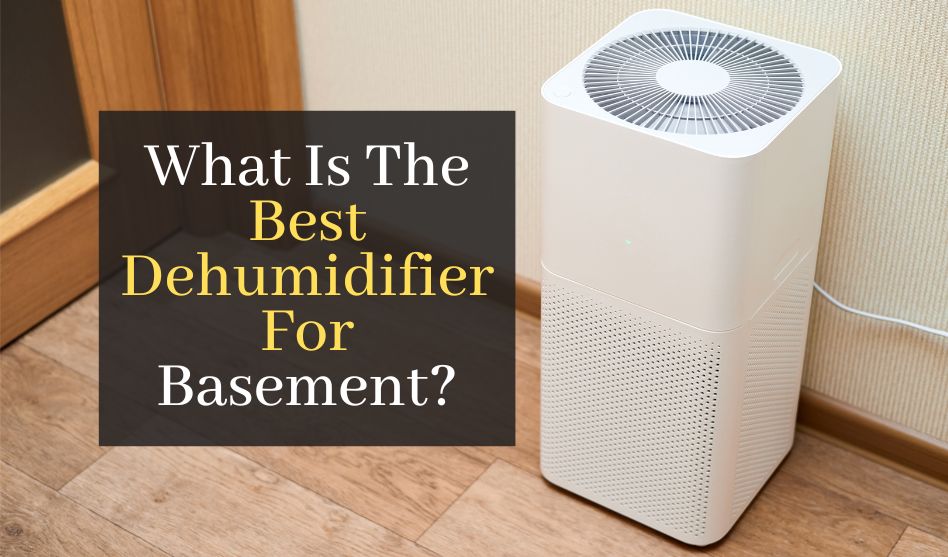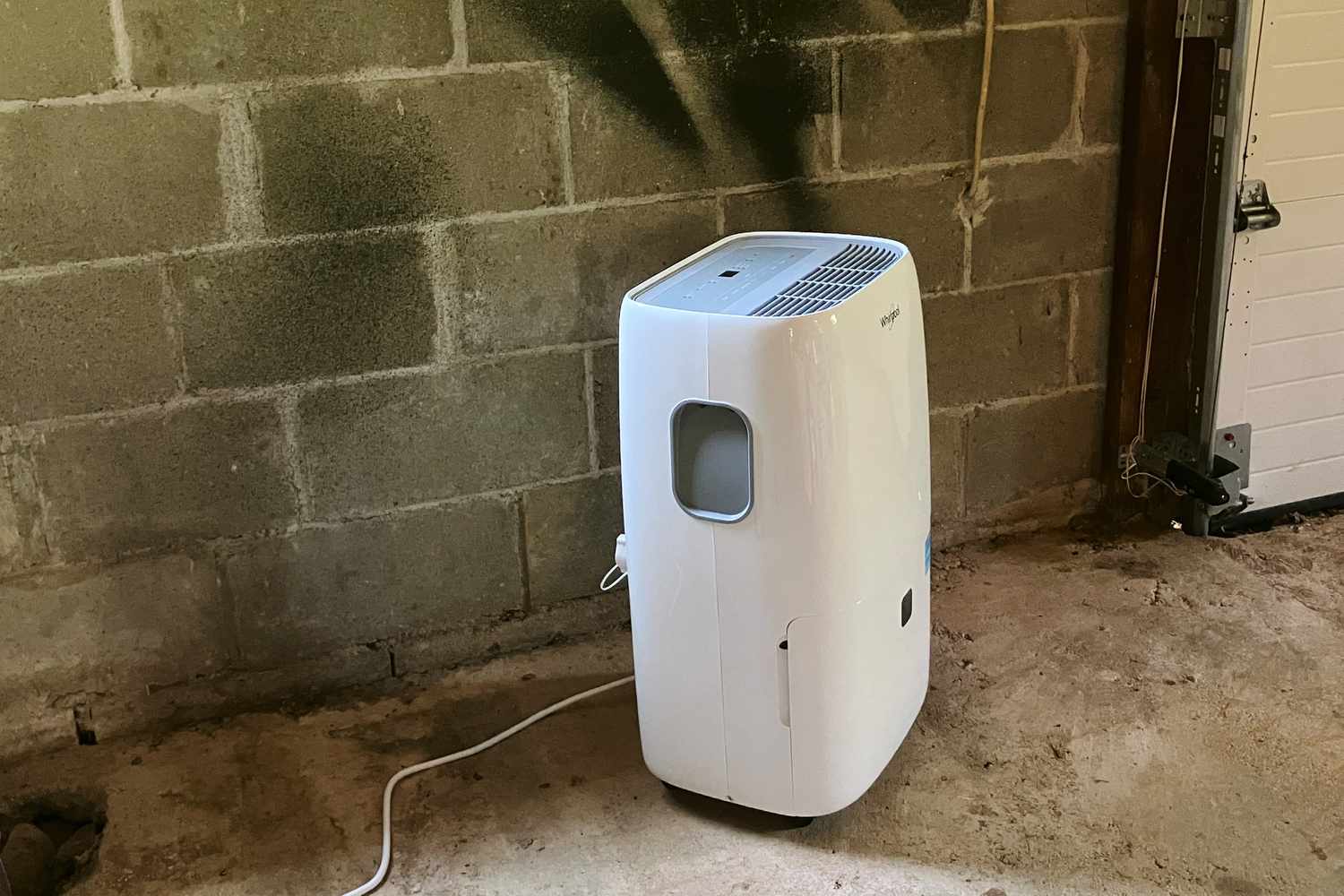What Is A Good Dehumidifier For A Basement

Conquering Basement Humidity: Finding the Right Dehumidifier
Basements, often relegated to storage or recreational spaces, are notorious for being damp and humid. This excessive moisture can lead to a host of problems, including mold growth, musty odors, damage to stored items, and even structural issues to your home. Investing in a quality dehumidifier is crucial to maintaining a healthy and comfortable basement environment. This comprehensive guide will walk you through the key factors to consider when choosing the best dehumidifier for your basement, covering everything from capacity and features to brands and costs.
Why Dehumidify Your Basement?
Before diving into the specifics of dehumidifiers, let's understand why controlling basement humidity is so important. High humidity levels create a breeding ground for mold and mildew, which can trigger allergies, asthma, and other respiratory problems. Excessive moisture can also damage furniture, clothing, electronics, and other stored items. In severe cases, it can even weaken wooden structures and lead to costly repairs.
A good dehumidifier will remove excess moisture from the air, preventing these problems and creating a more comfortable and healthy living space. It can also help improve the overall air quality in your home, as dry air is less hospitable to dust mites and other allergens.
Key Considerations When Choosing a Basement Dehumidifier
Selecting the right dehumidifier for your basement requires careful consideration of several factors. Here’s a breakdown of the most important ones:
1. Capacity (Pints per Day)
The capacity of a dehumidifier refers to the amount of moisture it can remove from the air in a 24-hour period, measured in pints. The right capacity depends on the size of your basement and the severity of the humidity problem. Here’s a general guideline:
- Small Basements (500-1,000 sq ft): 30-pint dehumidifier
- Medium Basements (1,000-1,500 sq ft): 50-pint dehumidifier
- Large Basements (1,500+ sq ft): 70-pint dehumidifier
If your basement is particularly damp or prone to flooding, you may want to choose a dehumidifier with a higher capacity. Keep in mind that these are general recommendations, and factors like the level of insulation and ventilation can also influence your choice. It's always better to err on the side of a higher capacity than a lower one.
2. Drainage Options
Dehumidifiers collect water as they remove moisture from the air. You'll need to empty the water tank regularly unless you choose a model with continuous drainage. There are two main drainage options:
- Manual Drainage: These dehumidifiers have a removable water tank that you need to empty manually. This is a suitable option for small basements with low humidity levels, where you only need to empty the tank occasionally.
- Continuous Drainage: These dehumidifiers can be connected to a drain hose that allows the water to drain automatically into a floor drain or sink. This is the preferred option for basements with high humidity levels, as it eliminates the need for manual emptying. Some models include a built-in pump that allows you to drain the water upwards into a sink or window.
Consider the convenience and practicality of each option when making your decision. If you choose a model with continuous drainage, make sure your basement has a suitable drainage point nearby.
3. Features
Modern dehumidifiers come with a variety of features that can enhance their performance and convenience. Some of the most useful features include:
- Adjustable Humidistat: Allows you to set the desired humidity level.
- Automatic Shut-Off: Turns off the dehumidifier when the water tank is full or the desired humidity level is reached.
- Automatic Restart: Automatically restarts the dehumidifier after a power outage.
- Digital Display: Shows the current humidity level and other settings.
- Timer: Allows you to set the dehumidifier to run for a specific period of time.
- Filter: Removes dust and other particles from the air.
- Low-Temperature Operation: Ensures that the dehumidifier can operate effectively in cold basements.
- Mobility: Wheels or casters for easy movement.
Prioritize the features that are most important to you based on your specific needs and preferences.
4. Energy Efficiency
Dehumidifiers can consume a significant amount of energy, so it's important to choose an energy-efficient model. Look for models with the Energy Star certification, which indicates that they meet strict energy efficiency guidelines. While the initial cost might be slightly higher, an Energy Star dehumidifier can save you money on your electricity bill in the long run.
Consider the Integrated Energy Factor (IEF) rating. A higher IEF indicates better energy efficiency.
5. Noise Level
Dehumidifiers can be noisy, so consider the noise level, especially if you plan to spend time in your basement. Look for models that are advertised as "quiet" or have a low decibel (dB) rating. Models with multiple fan speeds often allow you to reduce the noise level by running the fan at a lower speed.
6. Price and Warranty
The price of a dehumidifier can vary widely depending on its capacity, features, and brand. Set a budget before you start shopping and compare prices from different retailers. Also, pay attention to the warranty offered by the manufacturer. A longer warranty provides greater peace of mind and protects you against potential defects.
Popular Basement Dehumidifier Brands and Models
Several reputable brands offer high-quality dehumidifiers suitable for basements. Here are a few of the most popular options:
- Frigidaire: Known for their reliable performance and affordable prices. Popular models include the Frigidaire FFAD5033W1 (50-pint) and FFAD7033W1 (70-pint).
- hOmeLabs: Offers a range of dehumidifiers with user-friendly features and sleek designs. Their 70-pint model is a popular choice for large basements.
- Ivation: Specializes in high-capacity dehumidifiers with built-in pumps for convenient drainage. Ideal for basements with limited drainage options.
- Keystone: Provides a balance of performance and affordability, with models available in various capacities.
- Santa Fe: High-end dehumidifiers designed specifically for basements and crawl spaces, known for their exceptional performance and durability. These are often more expensive but offer superior moisture control and air filtration.
Before making a final decision, read online reviews and compare specifications to find the model that best meets your needs and budget. Consider consulting with an HVAC professional for personalized recommendations.
Quick Comparison of Popular Models:
| Model | Capacity (Pints) | Drainage | Key Features | Approximate Price |
|---|---|---|---|---|
| Frigidaire FFAD5033W1 | 50 | Manual or Continuous | Energy Star, Auto Shut-Off, Adjustable Humidistat | $200 - $250 |
| hOmeLabs 70-Pint Dehumidifier | 70 | Manual or Continuous | Energy Star, Auto Restart, Digital Display | $250 - $300 |
| Ivation 70 Pint Energy Star Dehumidifier with Pump | 70 | Continuous (with Pump) | Energy Star, Built-in Pump, Adjustable Humidistat | $300 - $350 |
| Santa Fe Compact2 | 70 | Continuous | Heavy-duty, Low-Temperature Operation, Superior Air Filtration | $900 - $1100 |
Maintenance Tips for Your Basement Dehumidifier
To ensure that your dehumidifier operates efficiently and effectively for years to come, it's important to perform regular maintenance. Here are a few key maintenance tips:
- Clean the Filter Regularly: Clean the filter every month or two to remove dust and debris. A clogged filter can reduce the dehumidifier's efficiency and lifespan.
- Empty the Water Tank or Check the Drain Hose: If you're using manual drainage, empty the water tank regularly to prevent it from overflowing. If you're using continuous drainage, check the drain hose periodically to make sure it's not clogged or kinked.
- Inspect the Dehumidifier for Damage: Check the dehumidifier for any signs of damage, such as cracks, leaks, or frayed cords. If you notice any damage, have the dehumidifier repaired by a qualified technician.
- Clean the Exterior: Wipe down the exterior of the dehumidifier with a damp cloth to remove dust and dirt.
- Winterize Your Dehumidifier: If you're not using your dehumidifier during the winter months, store it in a dry place. Clean and dry the unit completely before storing it.
By following these maintenance tips, you can prolong the life of your dehumidifier and ensure that it continues to provide reliable moisture control for your basement.
Conclusion
Choosing the right dehumidifier for your basement is an investment in the health and comfort of your home. By considering the capacity, drainage options, features, energy efficiency, and noise level, you can find a model that meets your specific needs and budget. Remember to read online reviews, compare specifications, and consult with an HVAC professional if needed. With proper maintenance, your basement dehumidifier will help you create a dry, healthy, and comfortable environment for years to come.


:strip_icc()/bhg-dehumidifiers-test-ge-pump-model-apel50lz-sheila-tong-01-42a437faff3448fda7cba181ffd2a54d.jpeg)


:max_bytes(150000):strip_icc()/spr-dehumidifiers-test-frigidaire-high-humidity-50-pint-pump-model-mary-honeyman-speichinger-02-68a304afe89347ec958a716756adca7a.jpeg)




